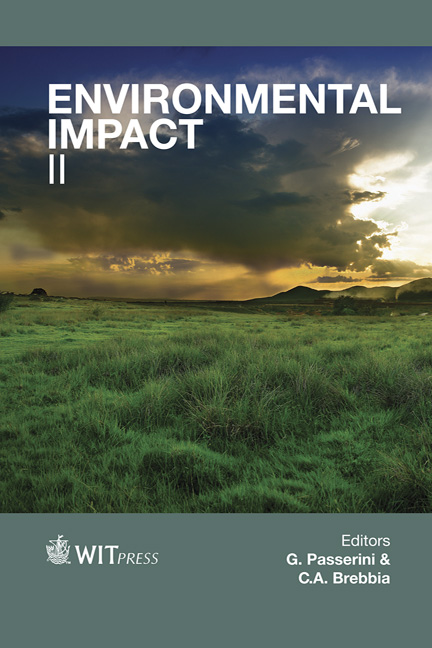Evaluation Of The Effect Of Diatomaceous Earth As A Sustainable Alternative In Commercial Interest Crops In Colombia
Price
Free (open access)
Transaction
Volume
181
Pages
10
Page Range
409 - 418
Published
2014
Size
844 kb
Paper DOI
10.2495/EID140351
Copyright
WIT Press
Author(s)
N. Escobar, J. Espejo & L. Rodríguez
Abstract
Current production of seasonal crops needs to have more efficient integrated handling to obtain expected returns, contribute to sustainability and the environment, as an alternative incorporating in bio-agricultural inputs. The aim of this research was to evaluate the effect of diatomaceous earth (TDDA) as bioinput, fertilization and biological control in commercial crops: corn (Zea mays), bean (Phaseolus vulgaris L.), carrot (Daucus carota L.) and yellow potato (Solanum phureja). We compared the following treatments: TDDA + commercial compost, TDDA + chemical fertilizer, TDDA + compost and control (traditional chemical). The fieldwork was conducted in private property located in Guchipas, a municipality of Pasca, (Cundinamarca department). We performed a Latin square design for each crop. Chemical analyses were made at the private Calderon’s soil laboratory. For data processing we used MEANS in SAS statistical package (version 9.0). When a significant effect (α=0.05) was shown by the Tukey means test, significant differences between crops for physiological variables (leaf area index, relative growth rate, dry weight, fresh weight and height) were found (P<0.05). The best results for phenological variables and productivity were obtained for TDDA + chemical fertilizer, and TDDA + compost treatments. Pests as whitefly (T. vaporariorum) and thrips (Thrips tabaci) were controlled. Diatomaceous earth application allows the dose of chemical fertilizers, thereby promoting healthier environmental management. Keywords: diatomaceous earth, sustainability, commercial crops, productivity and environment.Keywords
diatomaceous earth, sustainability, commercial crops, productivity and environment.





